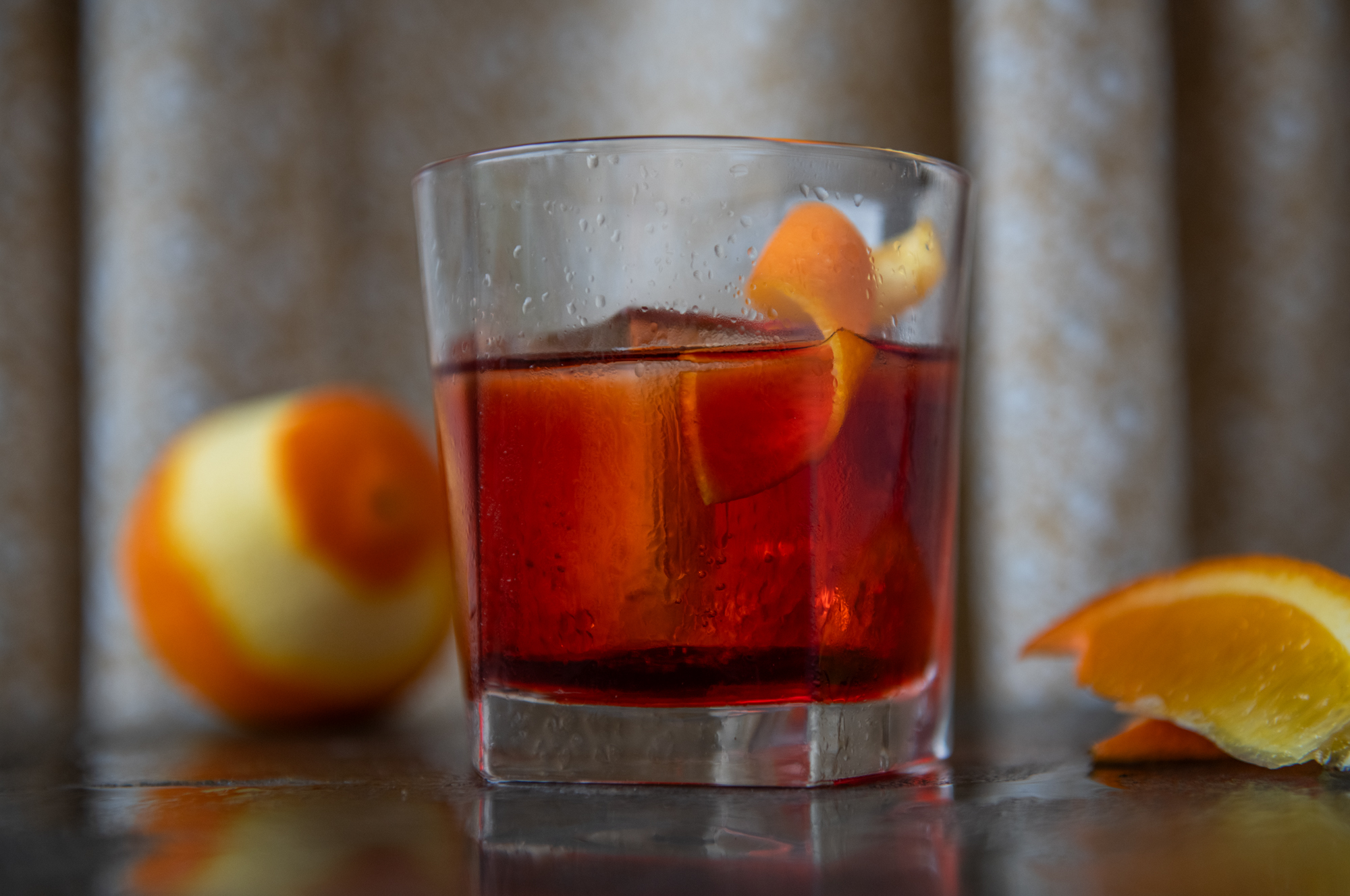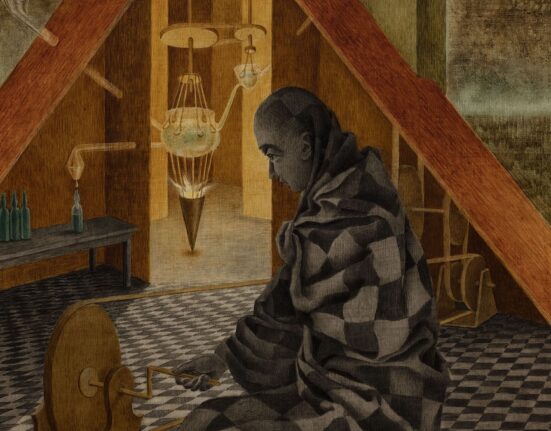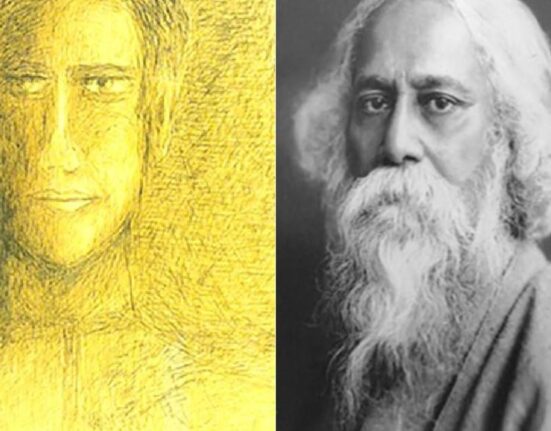The Negroni is a bold and harmonious cocktail, simple in ingredients and complex in bitter, sweet and umami equilibrium. One part gin, one part red vermouth and one part Campari, the cocktail is sewn into Italy’s postwar fabric – in particular the cafés in Rome – encapsulating and emanating opulence and luxury.
It was embraced by the practitioners of “la dolce vita” (“the sweet life”) and continues to be an easy-to-make, go-to cocktail for newly indoctrinated and veteran mixologist alike.
The history, unlike the cocktail itself, is a mix of half-truths – two dueling factions of stories, one touting a European family with deep royal roots and another giving credit to an Italian cowboy and gambler.
The most popular version – and the one cocktail historian David Wondrich outlined in “The Oxford Companion to Spirits and Cocktails” – centers around Count Comillo Negroni. The Count had extensively traveled America showboating as a professional gambler, a fencing instructor in New York, and a cowboy in Montana and Alberta, Canada.
Upon returning to Florence in the early 1900s, while bellying up to the bar at Café Casoni, Negroni is said to have asked bartender Fosco Scarselli to punch up the popular Americano cocktail with a splash of gin.
The Americano – Italian for “American-style” or “in the American way” – found popularity in the late 1800s as an Italian version of the American custom of adding vermouth to aperitive or digestive bitters.
Also in the 1920s, the marketing juggernaut Campari began to work with professional artists, elevating the liquor in popular culture. Although the war paused production momentarily, Campari soundly rebounded due in large part to its campaigns reflecting popular art. (Didn’t we all have a friend or two who had reproduction Campari posters hung in their dorm rooms?) This undoubtedly helped keep the Negroni alive through the decades, fostering an air of refinement and modernity surrounding the drink.
In a 2017 interview, famed author, chef and traveler, Anthony Bourdain, told “Thirsty” magazine, “I think the Negroni is the perfect cocktail because it is three liquors that I don’t particularly like. I don’t like Campari, and I don’t like sweet vermouth and I don’t particularly love gin. But you put them together with that little bit of orange rind in a perfect setting … It’s just: It sets you up for dinner, in a way it makes you hungry, sands the edges off the afternoon. In an after dinner, it’s settling. It is both aperitif and digestive. It’s a rare drink that can do that.”
The other version of the cocktail’s genesis comes from a living descendant of the Negroni family, Noel Negroni – a French Corsican/Puerto Rican who is adamant that the Negroni was invented by his relative Count Pascal Olivier de Negroni, also asserting that Camillo Negroni never existed.
This version of the story proclaims the drink to be of French descent, invented as a digestive aid for Pascal’s wife while stationed in Senegal in the 1800s.
While the second account may carry weight – and there is always the possibility that both intersect with the truth – I like to think that it was the spirit of the Montana cowboy that inspired the stiff addition leading to one of the most iconic and beloved cocktails in the world.
Negroni
1 oz gin
1 oz red vermouth
1 oz Campari
How to Make: Combine in an ice-filled Old-Fashioned glass. Top with a splash of sparkling water (optional), stir and garnish with orange peel or wheel.
Pub Talk
Writing the Tap Room column for the past 10 years has been a privilege, allowing me to explore the stories, people, beer and spirits, as well as their history and connection with Montana and the Flathead Valley community.
The conclusion of this column marks the end of 16 uninterrupted years of creating content for the Flathead Beacon and this magazine. I couldn’t be prouder of the publications and what they have come to mean in the community. I am incredibly thankful to have played a small part in shaping their history.
I appreciate this opportunity to thank some people who have been teachers for me this past decade (and more).
Thank you to Kellyn Brown for his patience and guidance and to Myers Reece, Justin Franz and Tristan Scott for being mentors, great editors and friends.
I would like to especially thank Lauren Oscilowski at Spotted Bear Spirits, Tim Jacoby, formerly at Flathead Lake Brewing, and Meagan Schmoll for being my beer and spirits gurus. On too many occasions I took advantage of your time, knowledge and bar space.
Thanks to Andy McQuary, Marcus Duffey, Joe Barberis and Jessica Tullos who created a home away from home at Great Northern Brewing Company.
Thanks to Chris Neill, formerly of HA Brewing, Graham Hart and Keela Smith at Bonsai Brewing and Brian Anderson at Whistling Andy Distilling for the time you took to converse with me, help educate and share your knowledge.
One last shoutout to Crag Koontz (co-owner of SunRift Beer Company) who, while brewing at Tamarack Brewing Company, introduced me to the first edition of the Old Stache Porter. A truly revolutionary point for my understanding of what beer could be.







